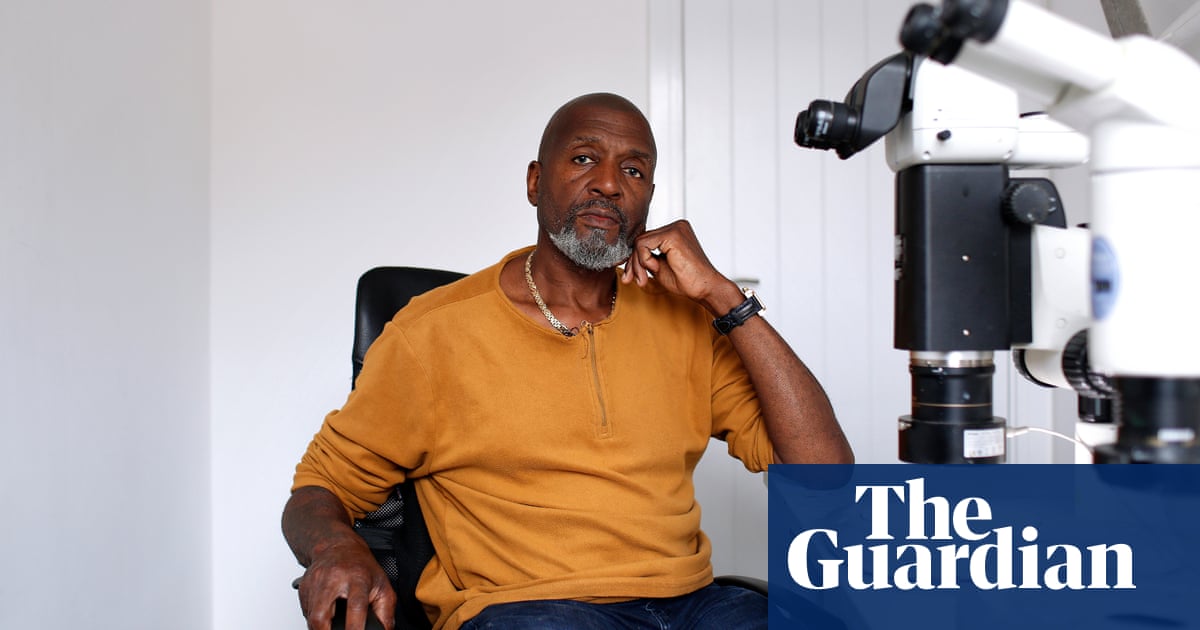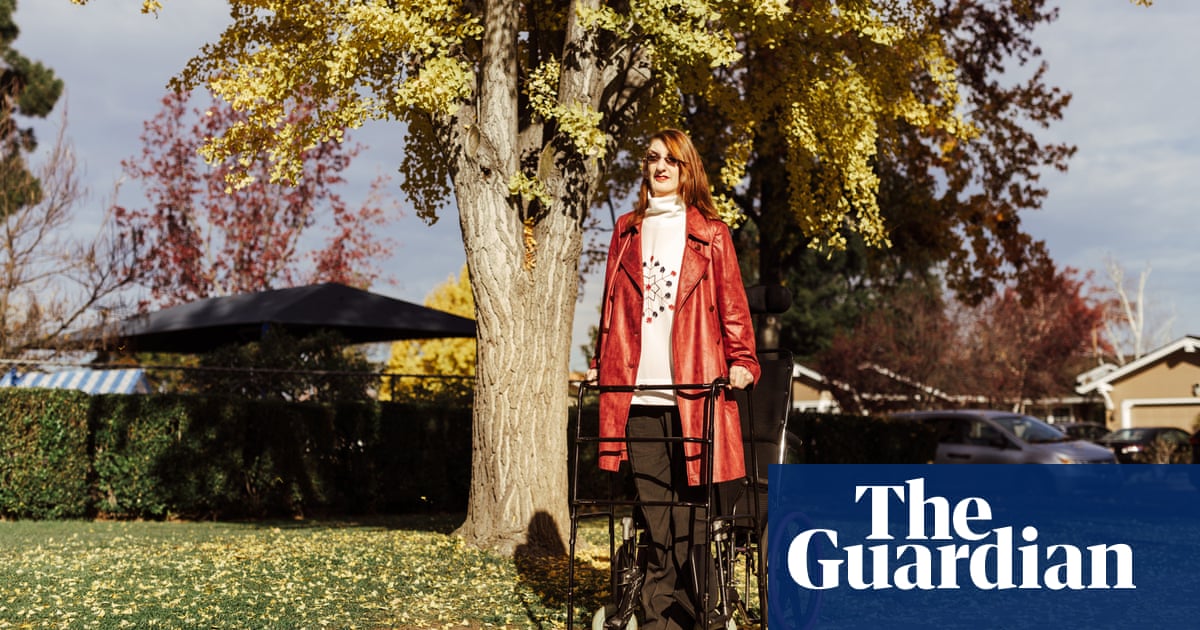
Growing up as a kid in Wolverhampton, I was fascinated by insects. When I was five, my dog destroyed an ant nest and I was devastated. Trying to make it up to them, I started building little houses for the ants, using wood splinters and leaves.
I then moved on to making little cups and saucers from silver foil, thinking leprechauns would come to use them at the bottom of the garden. When my mother saw my work, she told me that the smaller I made things, the bigger my name would become.
As a teenager, I began working with new materials, and my designs became more complicated. Then one day when I was 15, my mother and I were watching a religious TV programme. Somebody on the show said: “It’s easier for a camel to pass through the eye of a needle than for a rich man to enter the kingdom of God.” My mother gave me a needle and said: “Why don’t you try to put a camel in there?” I’d been given a secondhand microscope as a present not long before, and this was the time to use it.
I chipped away at a piece of nylon thread with a broken piece of a razor blade, looking through the microscope. I made what looked like a camel – it was really more a cross between an elephant and a giraffe – and managed to squash it through the eye of a needle. My mum said she didn’t think it was small enough. She usually said that when she saw my work, which encouraged me to make things smaller and smaller.
I use many materials to create my sculptures, including 24-carat gold. I bend, carve and manipulate them using tools that I make myself – these include diamond fragments mounted on hypodermic syringes, pliers made from hairs, eyelashes and nylon fibres. I even use threads of spider web for bindings and glue, and eyelashes and strands of dog hair as paintbrushes.
I sometimes work for 16 hours a day without breaks, and it takes me up to three months to finish a sculpture. I have to hold my breath during the sculpting process, and slow my heartbeat to control finger tremors. It isn’t actually an enjoyable process – I can only enjoy it once I’ve finished.
My sculptures have taken me to incredible places. I was awarded an MBE in the 2007 new year honours list for my services to art. I also met the Queen in 2012: I gave her a tiny crown on the head of a pin, and told her she couldn’t wear it because it’s too small. She laughed.
In 2013, I received my first Guinness World Record for creating the smallest sculpture made by hand. It was a 24-carat gold motorbike that fitted inside a piece of hair. In 2017 I beat my record with a sculpture of a human foetus that measured 0.078mm by 0.053mm. I find it hard to celebrate these milestones, as there’s always room for improvement. I was over the moon, though, when the University of Warwick gave me an honorary doctorate for my services to art and sculpture in 2018.
One time, a fly landed on a Cinderella carriage sculpture I was working on. The fly’s wings blew it away. I couldn’t find it again. It broke my heart for a long time. My second disaster was when I accidentally inhaled a microscopic Alice while making an Alice in Wonderland sculpture. Alice is now in Wonderland for ever. But it did give me the chance to make an even better one the second time around.
I was diagnosed with autism as an adult. In the 1960s, when I was at school, there wasn’t much awareness of the condition. Teachers pointed me out as an example of failure; now I see my autism as a gift. It’s pushed me to be the best I can be. I hold workshops in schools for neurodiverse children; I tell them my life story, show my sculptures, and help them create their own miniature figures out of Blu-Tack.
The microscopic world has always been my happy place. I’ve tried to make bigger sculptures, but small is best for me. We need to make sure we appreciate the little things in life. Small things can be overlooked, but they can also be mighty, too.












